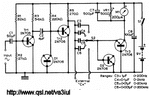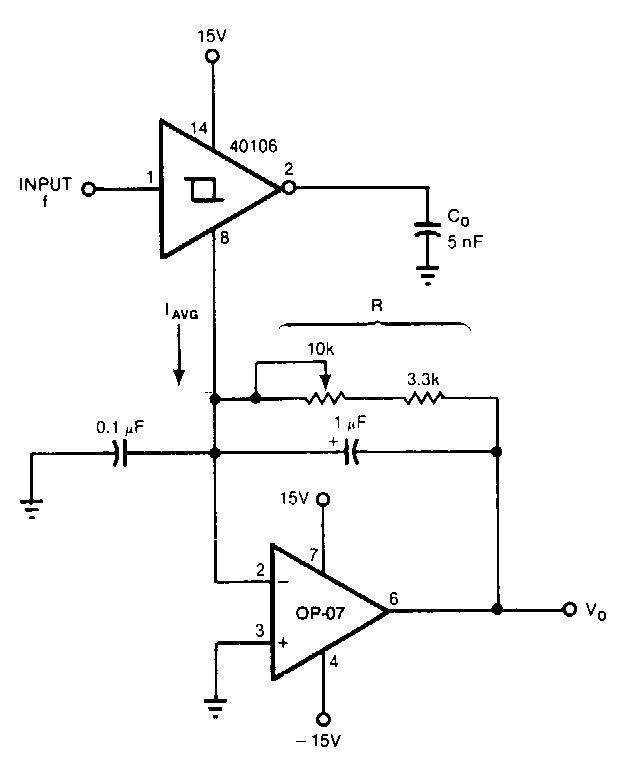neazoi
Advanced Member level 6
Gi I am thinking of these old analogue transceivers/receivers, with analogue scales. Some of these are accurate to the KHz, but not more accurate than that.
I am trying to find a circuit to measure variations in frequency (say a few Hz to 1KHz or so) and use an analogue meter as a display. This will increase the accuracy reading of these boatanchors.
A simple one is here https://www.redcircuits.com/Page147.htm but I am thinking how such a thing can be made discrete.
I am trying to find a circuit to measure variations in frequency (say a few Hz to 1KHz or so) and use an analogue meter as a display. This will increase the accuracy reading of these boatanchors.
A simple one is here https://www.redcircuits.com/Page147.htm but I am thinking how such a thing can be made discrete.


